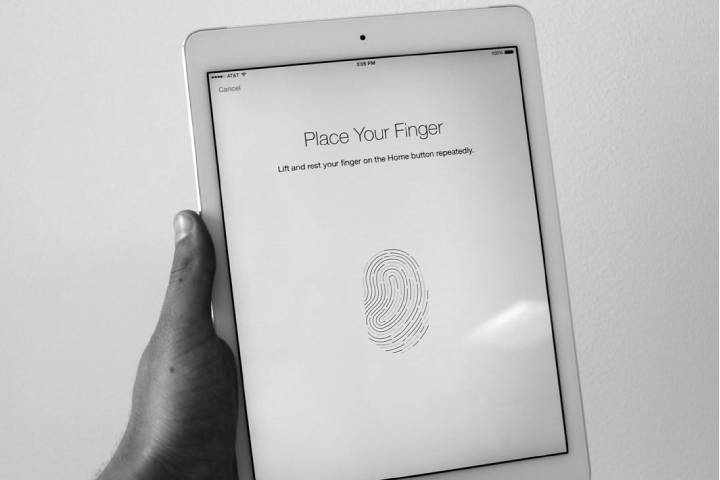Imagine that you are connected to your device while you enjoy a coffee, relaxing. You enter your username and password in a popup window: it could be on a social network, your bank account, or your health insurance page. Or that’s what you thought! Without realizing it, you have entered your data on a fake page, and now a criminal has gotten hold of it and can take control of your account. We are talking about the new malicious technique called Browser in the Browser, which we will explain below. Let’s go there!
Table of Contents
Browser In The Browser: What Are We Talking About?
The “browser in the browser” (or BitB) is a cyber-attack technique by which attackers try to trick people into revealing sensitive information, such as passwords or personal data.
The BitB technique involves creating a fake login popup that perfectly mimics an actual login window from a legitimate website, such as Facebook, Outlook, or Google. Mobile banking windows, DocuSign, etc., are also copied. This fake popup usually looks identical to the original, including the domain, title bar icon, and URL.
The main goal of BitB is to trick users into entering their credentials (username and password) in the fake popup window. Once attackers obtain these credentials, they can access victims’ accounts and perform malicious activities, such as stealing personal data or sending spam emails on behalf of the victim.
BitB is a dangerous and challenging technique to detect as it is designed to trick people by taking advantage of their trust in login popups. That’s why it’s critical to stay alert and follow good online security practices, such as checking the authenticity of login popups before entering sensitive information.
But then, which profiles is this attack aimed at? Unfortunately, anyone can be the target! Like phishing and email attacks, no one is safe. Many professional platforms, social networks, sharing media, and even companies use single sign-on (SSO ) services, representing a gigantic opportunity for hackers.
The Consequences Of BitB: Economic Losses And Data Theft
As we said before, BitB is a technique related to phishing and ransomware. Thus, the consequences of these attacks are the same as those types of attacks. Financial losses, theft of data and private identifiers, or even the appearance of stress (caused by a lack of skill) among employees are common impacts.
But things don’t stop there. Since this malicious technique based on human errors is very recent, we can expect it to evolve, which could lead to a massive increase in the number of victims, especially since web browsers cannot guarantee protection against these attacks, even with an “https” at the beginning of the URL. Should we, therefore, ensure exceptional vigilance and do everything possible to protect ourselves from it?
Organizations must implement strategies and best practices to avoid human error in cybersecurity. This includes creating a security culture where all employees understand their role in data protection.
Additionally, clear security policies must be established and ensure that they are followed at all levels of the organization. Two-factor authentication, data encryption, and network segmentation are also essential measures.
How To Identify A Case Of Browser In The Browser
As you may have understood from reading this article, Browser in Browser attacks are very difficult to detect. Considering that criminals copy not only the original page’s visual appearance but also the link’s URL, it would seem that this scam would be impossible to identify. However, there are two main ways to detect such an attack :
- Window Resizing and Moving: Try resizing and moving the popup window on your screen. Due to their encryption, these fake windows cannot be manipulated or expanded, unlike authentic login windows.
- Using a Password Manager: A password manager that automatically fills in your credentials will not recognize these fake windows due to their encryption. Therefore, it will not work with them.
Preventing attacks like BitB requires constant vigilance and education. First, keep your applications, operating systems, and security programs up to date to reduce vulnerabilities. Also, avoid clicking on links or downloading attachments from suspicious emails. Always verify the authenticity of websites before entering sensitive information, and use two-factor authentication whenever available.
Cybersecurity training for you and your staff is essential. Educate your team on the latest criminal tactics and how to recognize warning signs. With a focus on prevention and awareness, you can significantly reduce your risk of falling victim to cyber-attacks like BitB.
Also Read: What Is Content://com.android.browser.home/
Browser In The Browser: Closing Words
This attack represents a real threat to organizations. You can use tools to train your staff to protect your company and raise awareness among your employees. Furthermore, if email often (coupled with human error) allows attacks of all kinds to enter, it would be convenient to have a comprehensive solution to increase the effectiveness of protection and disaster prevention, especially against ransomware attacks. For this reason, at Internet, we recommend Email Protection, with which you will protect your technological infrastructure in advance and in a modular way through 8 essential solutions that ensure the integrity of your systems and the continuity of your business. Request a free audit now to know your company’s email security status and guarantee optimal protection against cyber threats.
Also Read: Web browsers – Internet Explorer, Chrome, Mozilla firefox




